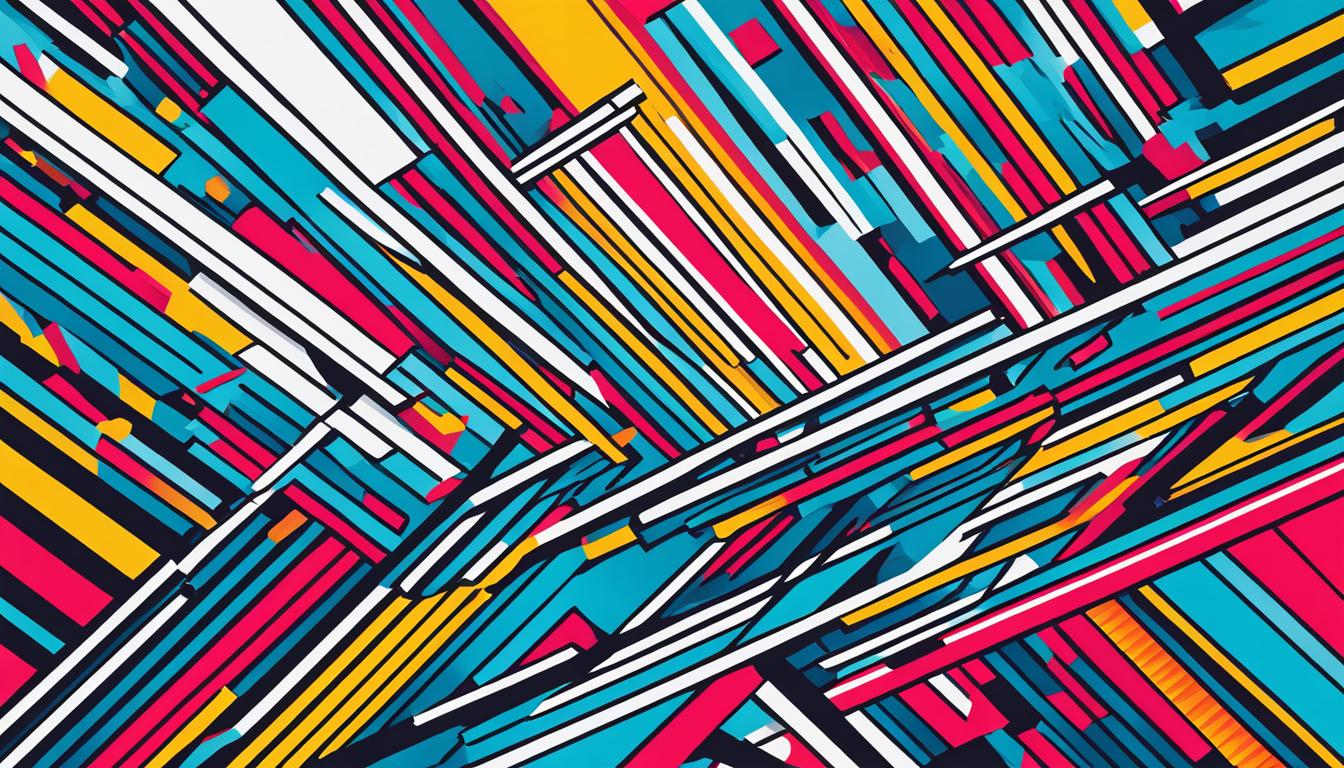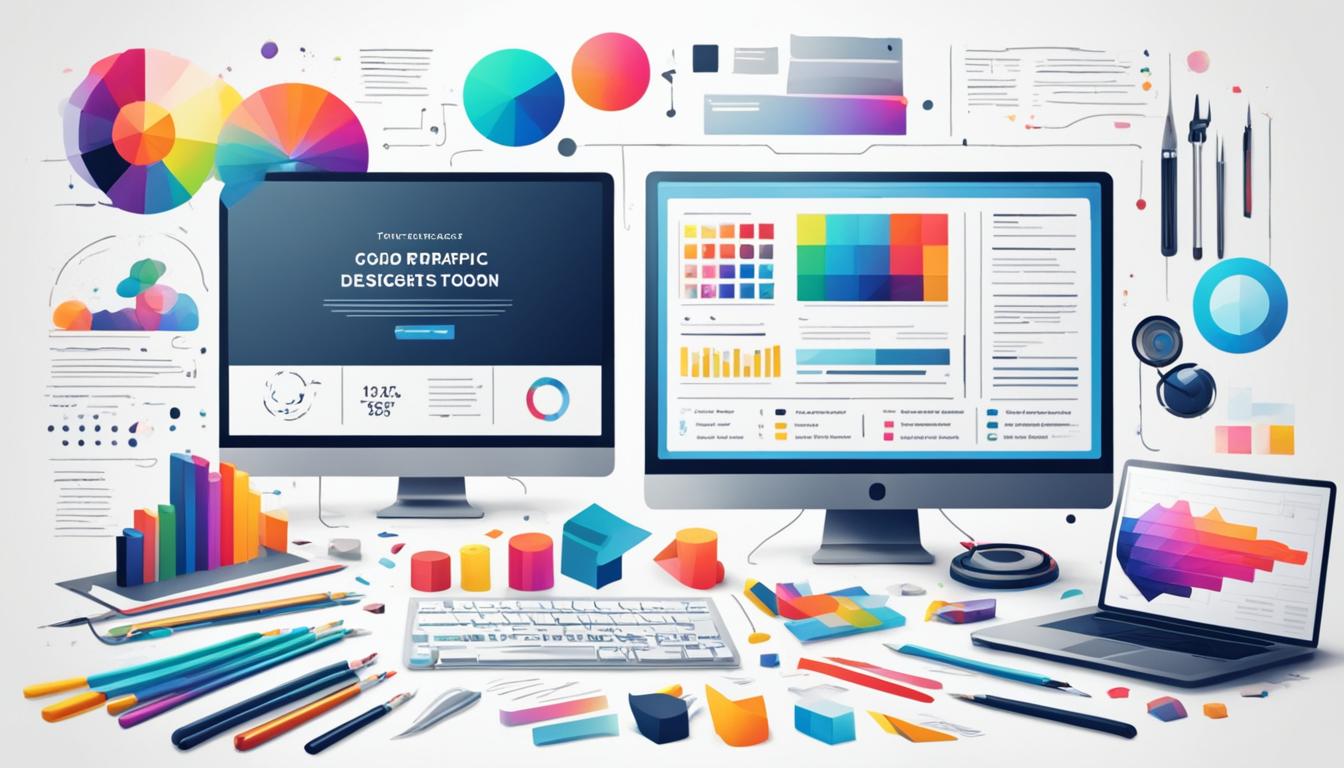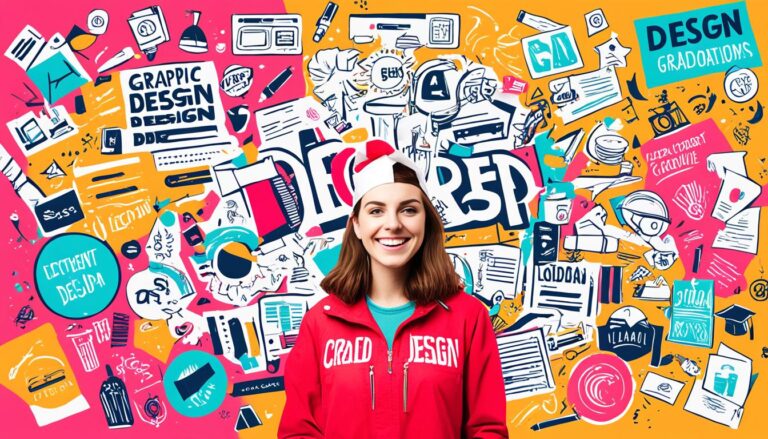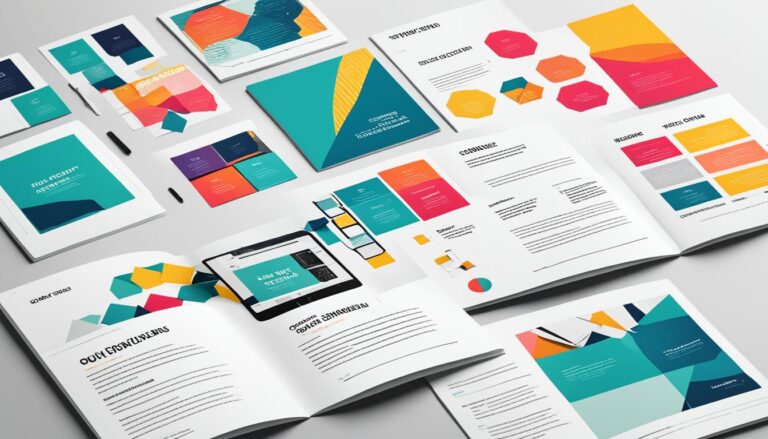Exploring Typography in Graphic Design Fundamentals
Typography is an essential element in graphic design that goes beyond arranging letters and words. It plays a significant role in communicating messages, evoking emotions, and creating visually compelling experiences. In this article, we will delve into the significance of typography in graphic design, its key principles, and its role in enhancing visual communication.
Throughout the sections, we will discuss how typography sets the tone and mood, enhances readability and legibility, and establishes brand identity and recognition. We will explore the power of typography in establishing visual hierarchy, guiding the viewer’s eye, and organizing information within a design. Additionally, we will examine the key principles of typographic design, including font selection, contrast and hierarchy, white space and alignment, readability and legibility, and consistency and branding.
By understanding these principles and applying them in our designs, we can create effective and impactful typographic compositions. With experimentation, attention to detail, and an understanding of typography’s art, designers can elevate their design skills and create visually captivating graphics.
The Power of Typography in Graphic Design
Typography plays a pivotal role in graphic design, serving as a powerful tool to establish visual hierarchy, evoke emotions, and enhance readability and legibility. It goes beyond mere arrangement of letters and words, setting the tone and mood of a design and contributing to brand identity and recognition.
When it comes to visual hierarchy, typography helps guide the viewer’s eye and organize information within a design. By emphasizing important elements and creating a clear structure, typography directs attention effectively. It allows designers to highlight key messages and ensure seamless comprehension by viewers.
Typography has the ability to convey emotions and imbue designs with a specific tone. Different typefaces evoke distinct feelings, and careful selection can effectively communicate the intended mood. Whether it’s elegance, boldness, playfulness, or sophistication, typography sets the visual tone of a design and enhances its overall impact.
Furthermore, typography enhances readability and legibility by considering factors such as font choice, size, line spacing, and legibility across different mediums. By selecting appropriate fonts, optimizing font sizes, and ensuring suitable line spacing, designers enable viewers to engage with the content effortlessly.
Consistency in typography plays a vital role in brand identity and recognition. By using consistent fonts, styles, and typographic elements across different design materials, brands establish a recognizable presence and reinforce their identity. This consistency and alignment with the brand’s overarching visual strategy contribute to brand recognition and differentiation in the market.
In summary, typography wields immense power in graphic design by establishing visual hierarchy, setting the tone and mood, enhancing readability and legibility, and reinforcing brand identity and recognition. By leveraging these aspects of typography, designers can create visually captivating designs that effectively communicate messages and leave a lasting impression on audiences.
Key Principles of Typographic Design
When it comes to typographic design, there are key principles that designers should consider. These principles are crucial in creating visually appealing and effective typographic compositions that enhance readability, legibility, and overall design impact.
Font Selection
The choice of fonts plays a significant role in typographic design. Designers must carefully select typefaces that align with the purpose and mood of the design. Fonts can evoke different emotions and convey specific messages, so it’s important to choose them wisely to achieve the intended effect.
Contrast and Hierarchy
Contrast and hierarchy are essential in establishing visual hierarchy and guiding the viewer’s attention. By using contrasting fonts, sizes, or weights, designers can create a clear structure within the design, emphasizing important elements and directing the flow of information.
White Space and Alignment
The proper use of white space and alignment is crucial in typographic design. White space provides visual breathing room, enhances readability, and brings balance to the overall composition. Aligning elements in a design creates a sense of order and cohesiveness, contributing to a visually pleasing result.
Readability and Legibility
Readability and legibility should be prioritized in typographic design. Adequate font size, line spacing, and letter spacing are necessary to ensure that the text is easy to read and understand. Designers must consider the target audience, medium, and context in which the typography will be viewed to optimize readability and legibility.
Consistency and Branding
Consistency in typography helps establish and reinforce a brand’s identity. By using consistent fonts, sizes, and styles across various design materials, designers create a recognizable presence and contribute to brand recognition. A typographic style guide can be developed to ensure consistency and provide guidelines for different use cases.
Incorporating these key principles of typographic design into your projects will elevate the visual impact and effectiveness of your designs. By carefully considering font selection, contrast and hierarchy, white space and alignment, readability and legibility, and consistency and branding, designers can create compelling typographic compositions that engage audiences and communicate messages effectively.
Conclusion
Typography is an essential element in graphic design, playing a vital role in enhancing communication and creating visually captivating compositions. By understanding and applying key typography principles, designers can create effective and impactful typographic designs.
Font selection is crucial, as different typefaces evoke distinct feelings and set the tone for a design. Contrast and hierarchy establish visual hierarchy and guide the viewer’s attention, while white space and alignment enhance readability and bring balance to typographic compositions.
Readability and legibility should be prioritized through proper font size, line spacing, and letter spacing. Consistency in typography across various design materials reinforces brand identity and establishes recognition. Overall, with experimentation, attention to detail, and an understanding of typography principles, designers can master the art of typography and create designs that effectively convey messages, captivate audiences, and leave a lasting impression.
Embrace the power of typography and elevate your design skills in the exciting world of graphic design. Explore the countless possibilities that typography offers, and enhance your designs with the visual impact of well-executed typographic elements.
FAQ
What is typography in graphic design?
Typography in graphic design refers to the arrangement and design of letters, words, and typefaces to communicate messages, evoke emotions, and create visually compelling experiences.
What is the role of typography in graphic design?
Typography plays a vital role in establishing visual hierarchy, guiding the viewer’s eye, organizing information, emphasizing important elements, creating a clear structure, and conveying emotions.
How does typography enhance visual communication?
Typography enhances visual communication by directing attention, enhancing readability and legibility, and setting the tone for a design through careful selection of typefaces that evoke distinct feelings.
What are the key principles of typographic design?
The key principles of typographic design include font selection, contrast and hierarchy, white space and alignment, readability and legibility, and consistency and branding.
How does typography contribute to brand identity?
Typography establishes and reinforces a brand’s identity by creating brand recognition and differentiation through consistent use of preferred fonts, sizes, and styles in various design materials.
How can designers create impactful typographic designs?
Designers can create impactful typographic designs by understanding and applying key typography principles, considering the context of the medium, target audience, and design purpose, and experimenting with font selection, contrast, alignment, and readability.
Why is typography important in graphic design?
Typography is important in graphic design because it goes beyond arranging letters and words to enhance communication, establish visual hierarchy, and create visually captivating compositions that convey messages, captivate audiences, and leave a lasting impression.










